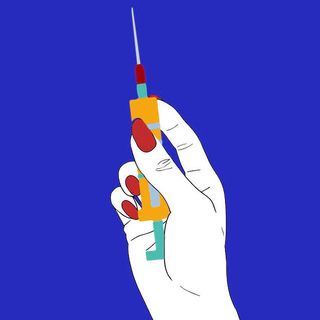A new study explains why when the lighting is off our productivity takes a hit. Spending too much time in dimly lit rooms and offices may actually change the brain’s structure and hurt our ability to remember and learn, researchers say.
The researchers studied the brains of Nile grass rats — which, while very different from humans in many ways, have a similar brain structure, are diurnal and sleep at night — after exposing them to dim and bright light for four weeks. The rodents exposed to dim light lost about 30% of capacity in their hippocampus, a critical brain region for learning and memory, and performed poorly on a spatial task they had trained on previously.
The rats exposed to bright light, on the other hand, showed significant improvement on the spatial task. Further, when the rodents that had been exposed to dim light were then exposed to bright light for four weeks (after a month-long break), their brain capacity — and performance on the task — recovered fully.
The study, funded by the National Institutes of Health, is the first to show that changes in environmental light, in a range normally experienced by humans, leads to structural changes in the brain.
“When we exposed the rats to dim light, mimicking the cloudy days of Midwestern winters or typical indoor lighting, the animals showed impairments in spatial learning,” said Antonio Nunez, psychology professor and co-investigator on the study. “This is similar to when people can’t find their way back to their cars in a busy parking lot after spending a few hours in a shopping mall or movie theater.”
Soler said sustained exposure to dim light led to significant reductions in a substance that helps maintain healthy connections and neurons in the hippocampus and in dendritic spines, or the connections that allow neurons to “talk” to one another.
“Since there are fewer connections being made, this results in diminished learning and memory performance that is dependent upon the hippocampus,” Soler said. “In other words, dim lights are producing dimwits.”




